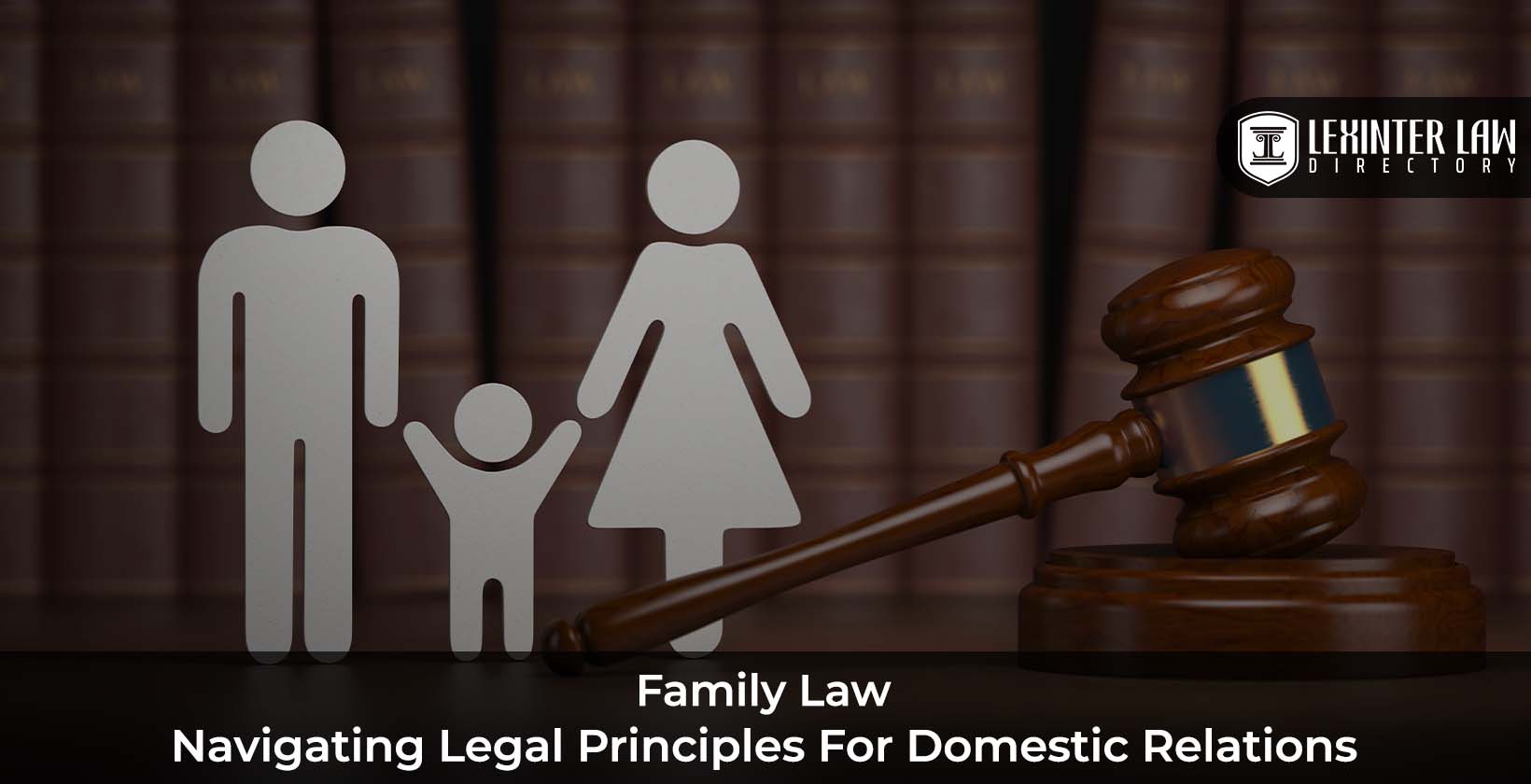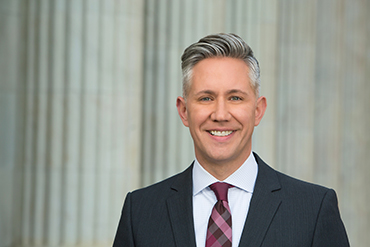Introduction
Car accidents involving motorcycles are often catastrophic, leaving motorcyclists at a heightened risk of severe injuries or even death. A recent incident in Los Angeles exemplifies this alarming trend. As a car attempted to make a left turn, it collided with a motorcycle traveling in the opposite direction. The motorcyclist, a 25-year-old man, was thrown from his bike and sustained life-threatening injuries. This tragic event underscores the urgent need to address the unique risks faced by motorcyclists on our roadways. Why are motorcycle accidents so dangerous, and what can be done to prevent them? Let’s delve into the complexities of this issue.
Vulnerability of Motorcyclists
Motorcyclists lack the protective shell of a car, making them incredibly vulnerable in a collision. Their bodies are exposed to the full impact of the crash, increasing their likelihood of sustaining serious injuries. Head injuries are particularly common, as motorcyclists often don’t wear helmets or have inadequate head protection. Broken bones, lacerations, and internal bleeding are also prevalent in motorcycle accidents. The force of the impact can also cause motorcyclists to be ejected from their bikes, resulting in even more severe injuries.
The lack of stability on a motorcycle further exacerbates the risks. Cars have four wheels that provide stability and traction, while motorcycles have only two. This makes motorcyclists more susceptible to losing control, especially in slippery or adverse weather conditions. Sudden movements or evasive maneuvers can easily lead to a loss of balance and a subsequent crash.
Motorcyclists also have limited visibility. Cars have large windows and mirrors that provide drivers with a wide field of view. In contrast, motorcyclists have a much narrower field of vision, making it more difficult for them to see potential hazards. This limited visibility can contribute to accidents, as motorcyclists may not be able to anticipate or react to sudden movements by other vehicles.
Moreover, motorcyclists often face biases and discrimination from other drivers. Some drivers may not be accustomed to sharing the road with motorcycles and may not give them the proper respect or attention. Intentional or unintentional actions, such as cutting off a motorcyclist or failing to yield the right of way, can lead to dangerous situations and increase the risk of accidents.
Car-Motorcycle Crashes
Even the most cautious motorcyclist can be involved in an accident with a car. As a motorcyclist, you’re especially vulnerable to serious injury because you don’t have the protection of a car’s frame. In the unfortunate event of a motorcycle accident, knowing what to do and what to expect can help you get the compensation you deserve and get your life back on track.
Consequences of Car-Motorcycle Accidents
Car-motorcycle accidents can result in severe injuries, such as broken bones, head trauma, and spinal cord damage. According to the National Highway Traffic Safety Administration (NHTSA), motorcyclists are 28 times more likely to be killed in a crash than car occupants.
When a car and a motorcycle collide, the motorcyclist is often thrown from the bike. This can lead to serious injuries, including:
– Traumatic brain injury (TBI)
– Spinal cord injury
– Broken bones
– Road rash
– Amputation
In addition to physical injuries, car-motorcycle accidents can also cause significant emotional and financial hardship. Victims may experience anxiety, depression, and post-traumatic stress disorder (PTSD). They may also lose their ability to work and earn a living.
Who Is Liable for a Car-Motorcycle Accident?
Liability for a car-motorcycle accident is determined by the specific facts of the case. However, in general, the driver of the car is liable if the accident was caused by their negligence. Negligence is defined as a failure to exercise reasonable care.
There are a number of factors that can contribute to a car-motorcycle accident, including:
– Speeding
– Distracted driving
– Drunk driving
– Failure to yield
– Improper lane changes
If you are involved in a car-motorcycle accident, it is important to contact a personal injury lawyer as soon as possible. An attorney can help you determine who is liable for the accident and file a claim for compensation.
Car-Motorcycle Accidents: A Preventable Tragedy
On a fateful day, a motorcyclist’s life was irrevocably altered when a car, oblivious to their presence, turned right, sending the rider tumbling into the pavement. This harrowing incident, unfortunately, is not an isolated case. Car-motorcycle accidents cast a long and tragic shadow on our roads, leaving countless lives shattered and communities heartbroken. However, it’s crucial to remember that these accidents are largely preventable.
Preventing Car-Motorcycle Accidents
To combat this epidemic, a multifaceted approach is required, encompassing individual responsibility, societal awareness, and legislative action. Here are some fundamental measures we can embrace to avert these devastating collisions:
Wearing Proper Safety Gear
Motorcyclists are among the most vulnerable road users, their bodies exposed to the unforgiving forces of a crash. Wearing proper safety gear is non-negotiable. A quality helmet can dramatically reduce the risk of severe head injuries, while protective clothing like armored jackets, pants, and gloves can shield against abrasions and fractures.
Obeying Traffic Laws
Respecting traffic laws is paramount for both motorists and motorcyclists. Speeding, reckless driving, and disregarding traffic signals are major contributing factors to car-motorcycle accidents. By adhering to the rules of the road, we create a safer environment for all.
Increasing Visibility
Motorcycles can be difficult to spot, especially in low-light conditions. To enhance their visibility, motorcyclists should use daytime running lights and reflective clothing. They should also position themselves in a way that makes them easily discernible to other drivers.
Motorist Awareness
Motorists hold a significant responsibility in preventing car-motorcycle accidents. They must be constantly vigilant for motorcycles, particularly in blind spots and when turning. Checking mirrors regularly, giving ample space when passing, and yielding to motorcyclists at intersections are essential practices.
Infrastructure Improvements
In addition to individual actions, infrastructure improvements can play a crucial role in reducing car-motorcycle accidents. Dedicated motorcycle lanes, improved signage, and better street lighting can significantly enhance road safety. By investing in these measures, we can create a more welcoming and secure environment for motorcyclists.
Car-motorcycle accidents are a preventable tragedy that affects countless lives. By embracing these measures, we can create a safer, more harmonious road environment where both motorists and motorcyclists can coexist peacefully.
Car Accident Motorcycle
If you’re involved in a car-motorcycle accident, it’s important to seek legal advice to understand your rights and options. Insurance companies will often try to take advantage of motorcyclists, so it’s important to have an experienced attorney on your side who can fight for your rights.
What to Do After a Car-Motorcycle Accident
The first thing you should do after a car-motorcycle accident is to call the police. This will create a record of the accident and help to protect your rights. You should also exchange information with the other driver, including your name, address, phone number, and insurance information. If you’re injured, you should seek medical attention as soon as possible. Even if you don’t feel like you’re seriously injured, it’s important to get checked out by a doctor to rule out any hidden injuries.
Who’s at Fault in a Car-Motorcycle Accident?
Determining who’s at fault in a car-motorcycle accident can be a complex process. In most cases, the driver of the car will be found to be at fault, but there are some exceptions to this rule. For example, if the motorcyclist was speeding or driving recklessly, they may be found to be at fault for the accident. It’s important to speak to an attorney to discuss your case and determine who is at fault.
What Damages Can I Recover After a Car-Motorcycle Accident?
If you’re injured in a car-motorcycle accident, you may be entitled to recover damages for your injuries. These damages can include compensation for your medical expenses, lost wages, pain and suffering, and emotional distress. The amount of damages you can recover will depend on the severity of your injuries and the circumstances of the accident.
Seeking Legal Help After a Car-Motorcycle Accident
If you’re involved in a car-motorcycle accident, it’s important to seek legal advice. An experienced attorney can help you understand your rights and options, and can fight for you to get the compensation you deserve. There are many different types of cases that an attorney can handle, including:
- Personal injury cases
- Wrongful death cases
- Property damage cases
- Insurance disputes
- Motorcycle accidents are often complex and can involve multiple parties, including the driver of the car, the motorcyclist, and their respective insurance companies. An experienced attorney can help you navigate the legal process and get you the compensation you deserve.
Car Accident Motorcycle
According to the National Highway Traffic Safety Administration (NHTSA), motorcyclists are 27 times more likely to be killed in a crash than people in passenger vehicles. Motorcyclists are also more likely to suffer serious injuries in a crash. If you or someone you know has been involved in a car-motorcycle accident, it is important to seek legal advice immediately.
What to Do After a Car-Motorcycle Accident
If you are involved in a car-motorcycle accident, it is important to stay calm and take the following steps:
1.
Check for injuries. First, check yourself for injuries. Once you have checked yourself for injuries, check the other driver and any passengers for injuries. If you or anyone else is injured, call 911 immediately.
2.
Move to safety. If you are able to move, move yourself and your motorcycle to a safe location. This will help to prevent further accidents.
3.
Exchange information. Once you are in a safe location, exchange information with the other driver. This information includes your name, address, phone number, insurance information, and license plate number.
4.
Take photos. If possible, take pictures of the accident scene. This will help to document the accident and your injuries.
5.
Get a police report. If possible, get a police report. This will help to provide an official record of the accident.
6.
Contact your insurance company. You should contact your insurance company as soon as possible after the accident. Your insurance company will be able to help you file a claim and get your motorcycle repaired or replaced.
Common Causes of Car-Motorcycle Accidents
There are many common causes of car-motorcycle accidents, including:
1.
Distracted driving: Drivers who are distracted by talking on their cell phones, texting, or eating are more likely to cause accidents.
2.
Speeding: Drivers who are speeding are more likely to lose control of their vehicles and cause accidents.
3.
Impaired driving: Drivers who are under the influence of alcohol or drugs are more likely to cause accidents.
4.
Failure to yield: Drivers who fail to yield to motorcyclists are a major cause of car-motorcycle accidents.
5.
Left-hand turns: Left-hand turns are a particularly dangerous maneuver for motorcyclists. Drivers who are making left-hand turns often fail to see motorcyclists, which can lead to accidents.
How to Avoid Car-Motorcycle Accidents
There are a number of things that drivers and motorcyclists can do to help avoid car-motorcycle accidents, including:
1.
Be aware of your surroundings. Drivers and motorcyclists should always be aware of their surroundings. This means paying attention to other vehicles, pedestrians, and road hazards.
2.
Obey the speed limit. Drivers and motorcyclists should always obey the speed limit. Speeding is a major cause of car-motorcycle accidents.
3.
Avoid distracted driving. Drivers and motorcyclists should never drive while distracted. This means avoiding talking on cell phones, texting, or eating while driving.
4.
Be aware of blind spots. Drivers and motorcyclists should be aware of blind spots. Blind spots are areas around vehicles that drivers cannot see. Motorcyclists should try to avoid riding in blind spots.
5.
Use turn signals. Drivers and motorcyclists should always use turn signals when turning or changing lanes. This will help to alert other drivers and motorcyclists to your intentions.
6.
Wear helmets. Motorcyclists should always wear helmets. Helmets can help to protect motorcyclists from serious head injuries in the event of a crash.
Conclusion
Car-motorcycle accidents are a serious concern that require attention from drivers, motorcyclists, and policymakers alike. By following the tips in this article, you can help to reduce your risk of being involved in a car-motorcycle accident.




Leave a Reply